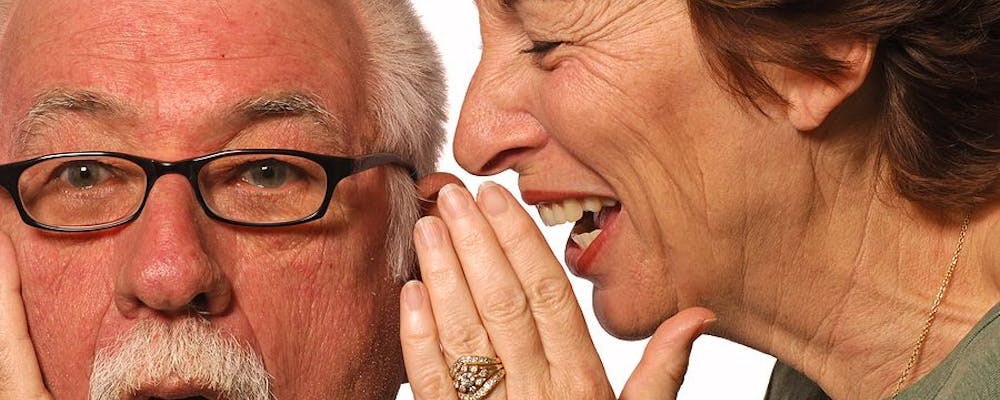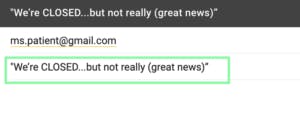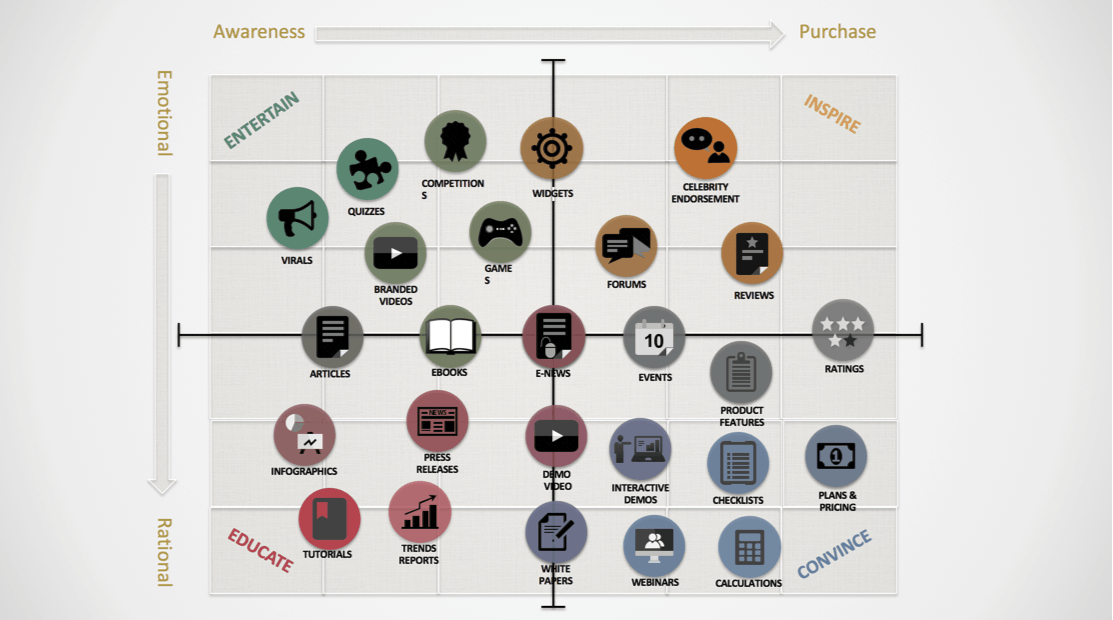Physical Therapy SEO – A Big Hit for Some in December, 2021
Back in end of November/early December of 2021, Google made some significant changes to the Google Maps ranking algorithm. Search Engine Optimization companies (SEO’s) termed this Google algorithm change – Vicinity. Sterling Sky was one of the first to write on this Google Vicinity update.
The update primarily impacted the proximity of the person searching for a particular business. For example, if someone is searching for physical therapy clinic south San Diego, Google Maps results favor businesses that are within/closer to south San Diego.
In other words, the Vicinity algorithm update was engineered to not only make it harder for physical therapy practices to rank when searches took place far away from their office’s physical location, but was also designed to penalize practices that were blackhatting, keyword stuffing, or adding in keywords into their Google Business Profile’s name.
Here’s an example of a hypothetical clinic that has an office in South San Diego. If your business name is Acme Physical Therapy and you entered the business name (in your Google Business Profile) Acme Physical Therapy South San Diego, chances are you would be penalized (i.e. your Google Maps ranking would drop down lower on the list).
In other words, Google has now given PT practices that are newer/less-established and closer to the searcher, a greater potential to rank higher than the older, more established physical therapy practices that are further away from the searcher.
How the Vicinity Algorithm Update May Have Impacted Your Business
Here are some examples reports of local SEO graphic reports. Each place you see a pin on this map represents where the practice ranks on Google Maps for a physical therapy search.
Here’s how this practice ranked before the Vicinity algorithm update.

Here’s how this practice ranked after the Vicinity algorithm update.

You can see that the PT practice isn’t ranking as often in the top 5 spots on Google Maps.
Not All Physical Therapy Practices Were Negatively Impacted
Here’s how this practice ranked before the Vicinity algorithm update.

Here’s how the practice ranks after the algorithm update – this PT practice actually improved.

What Can be Done if You Were Impacted by Vicinity?
Right after major algorithm updates, many businesses (understandably so) end up in a panic.
Typically, you’ll see a flurry of ads and social posts from some SEO company(ies) advertising “the solution” to Google’s algorithm changes. Often those SEO techniques are blackhat methods. As Hubspot puts it:
Try to Compose Yourself and Look at the Bigger Picture
There is always an element of uncertainty when it comes to search engine traffic and the numbers you find in your Google Business Profile Insights and your web analytics. Here are six things you can do to combat the Vicinity update:
- Update your business name in your Google Business Profile – if you were one of the many that keyword stuffed your business listing, it’s probably a good idea to change it so it more accurately reflects your business name without the keywords.
- Give it some time – if you were negatively impacted by the Vicinity update, it may not have as big an impact as you may expect. When searching for physical therapy, people use different search phases, different devices (mobile, tablet, desktop), and are searching from a variety of locations. While you may have fallen on Google Maps, it may not change the number of new patients that come into your office.
- Take a look at your natural listings – even though you may have dropped in the Google Maps rankings, you may still rank well in the organic listings. If this is the case, you’ll still get some significant traffic from this search results page ranking. If you don’t rank well, consider hiring a company like us – E-rehab.com a physical therapy SEO company.
- Don’t forget your Google Business Profile Insights – even if you did drop in the rankings, take a look at your Google Business Profile rankings for a quick reminder of how many people still see your business listing each month.
- Stick to the core principles – no matter where you rank, you always want to continue to work on your Google ratings and reviews. Consistently obtaining Google ratings and reviews may help you recover your search rankings and will undoubtedly help convert some of those people that are already viewing your Google Maps listing.
- Consider running Google Ads – yes, this is ultimately what Google wants you to do. If your maps listing has plummeted, there is always the option to run Google Ads. Yes, it’s a new cost to the business buy for some, it can still be fruitful.
As Things Unfold, We’ll Provide More Information
Having been in the SEO business for over 15 years, we here at E-rehab.com can tell you that algorithms will continue to change, Google will make modifications to the algorithm that may be in your favor in the future, and you have to move on.
As we discover new insights and strategies, E-rehab.com will continue to follow these new and best practices to improve the search rankings of our clients.
Hang in there for updates.
Were You Even Aware of the Vicinity Update?
If you were not aware of the update, chances are the changes in your Google Maps rankings didn’t negatively impact your new patient volume and/or you were too busy to notice.
If you were negatively impacted, you need a PT private practice marketing company that’s keeping an eye on these kinds of things and can offer you insight and solutions.




































